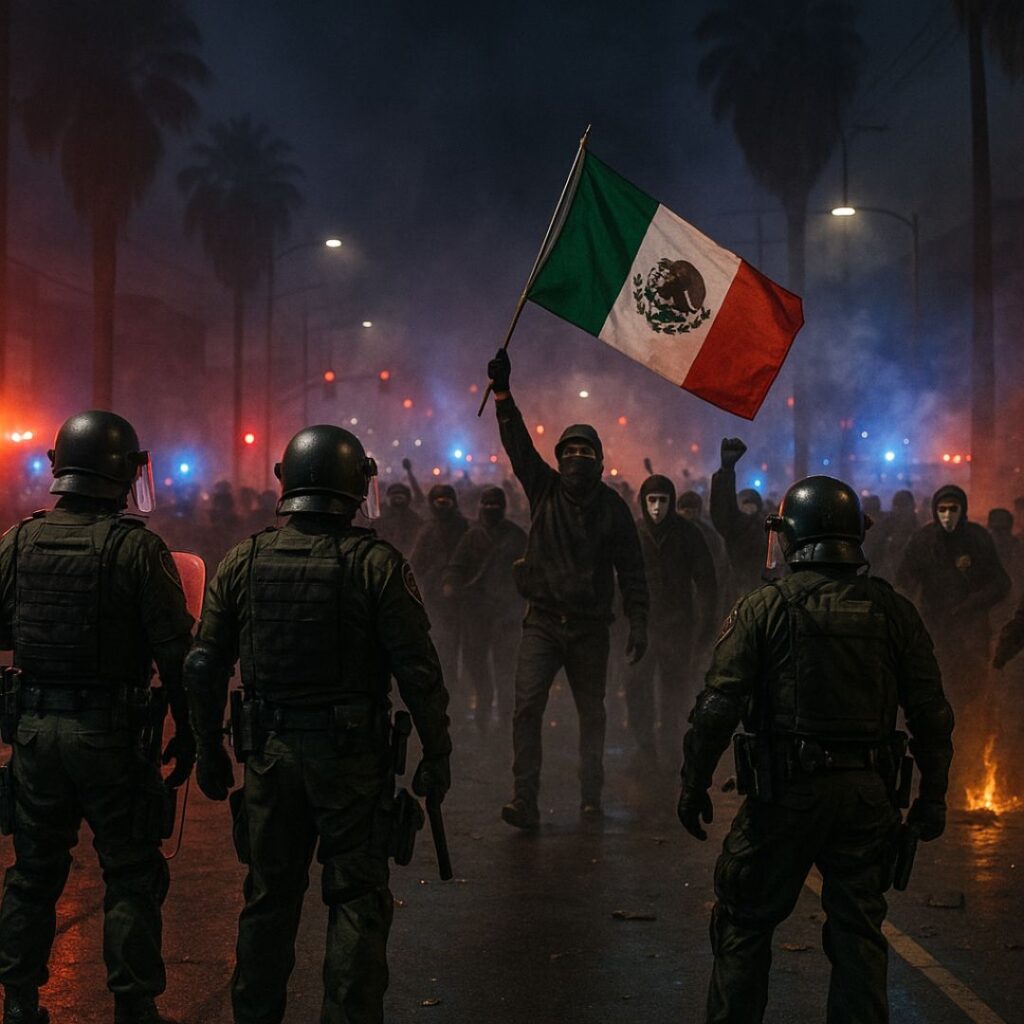When enforcement spikes, so does resistance.
Federal Raids Ignite Unrest Across Los Angeles
Immigration raids on June 6 and 7 swept through Los Angeles, triggering a wave of protests and renewed scrutiny of U.S. enforcement policy:
- Over 44 arrests across workplaces and public areas, many without warrants
- Federal agents used tear gas, rubber bullets, and flash-bangs against demonstrators
- Protests erupted near detention centers and ICE staging sites in multiple districts
- Community leaders and union heads among the detained or injured
- City and state officials condemned the raids as disruptive and unsanctioned
- Federal officials defended the actions and criticized local police noncompliance
The raids targeted industrial zones, retail stores, and public spaces from Koreatown to Paramount. Federal agents coordinated across multiple agencies, while LAPD and LASD reiterated non-involvement in immigration enforcement. Crowds gathered outside federal buildings and detention centers, some clashing with riot units as resistance intensified into the night.
Arrested individuals included David Huerta, a prominent union leader, whose hospital visit and detainment added fuel to the public response. Rights groups reported ICE activity near schools and unconfirmed detentions without legal access or food.
The Policy Fracture Runs Deep
Mayor Karen Bass condemned the enforcement actions, stating: “These tactics sow terror in our communities and disrupt basic principles of safety in our city.” In a follow-up, she reinforced, “We are going to fight for all Angelenos, regardless of when they got here, whether they have papers or not. We are a city of immigrants.” Governor Newsom called the raids “reckless and cruel,” while DHS vowed continued operations.
The standoff reflects more than a clash of policy. It reveals the fragility of autonomy when federal priorities override local governance. In high-pressure moments like these, structure matters. And for those thinking long-term, the question isn’t just where they stand, but where they choose to stay.
The place you live should give you power, not pressure.

